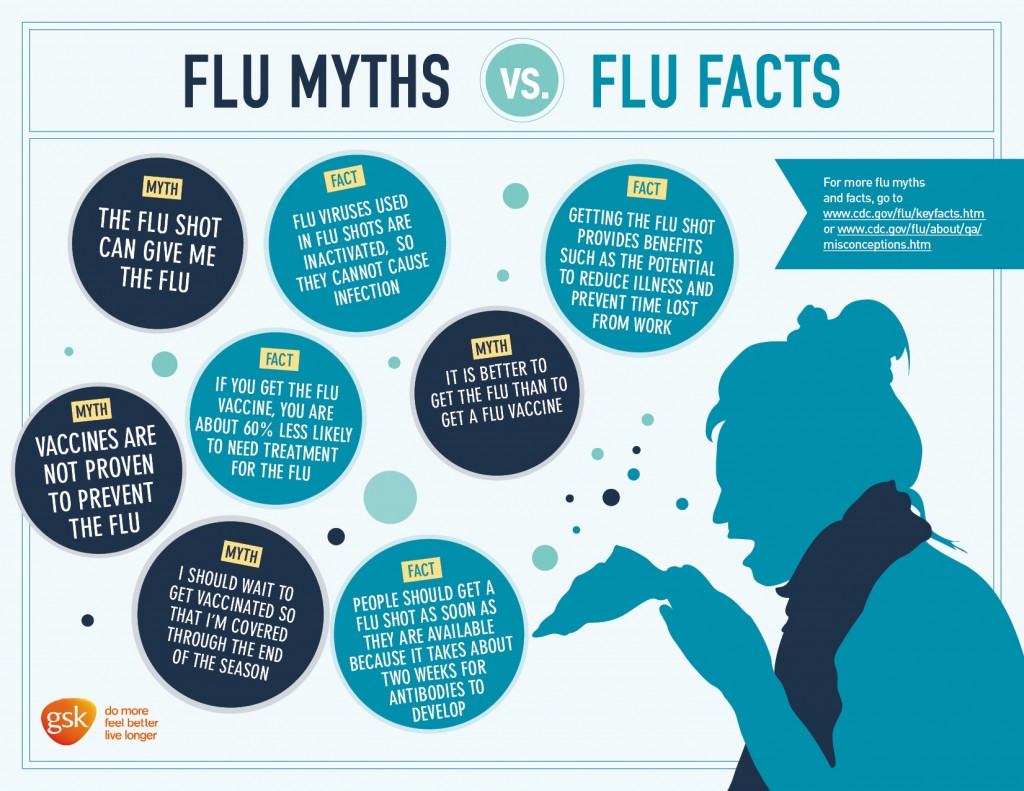Ann Fam Med. Care Management services can build a stronger relationship between the patient and provider and help extend that relationship to the care team.
 Pdf Developing A Process Of Risk Stratified Care Coordination For Older Adults In Primary Care Semantic Scholar
Pdf Developing A Process Of Risk Stratified Care Coordination For Older Adults In Primary Care Semantic Scholar
Risk stratification offers the potential to improve the quality and experience of care for.

Risk stratified care management and coordination pdf. RMS helps customers manage risk improvebusiness outcomes and outperform others. Risk Stratification Risk Stratification is defined as a ongoing process of assigning all patients in a practice a particular risk status risk status is based on data reflecting vital health indicators lifestyle and medical history of your adult or pediatric populations. Risk-Stratified Care Management and Coordination 0715 Level 1 PRIMARY PREVENTION Level 2 PRIMARY PREVENTION Level 3 SECONDARY PREVENTION Level 4 SECONDARY PREVENTION.
Appropriately engaged in a structured care management program that provides one-on-one support in managing medical social and care coordination needs. Reddy A Sessums L Gupta R et al. To prevent onset of.
Key services directed toward the needs of particular populations include. Management of chronic conditions. Risk stratification methods and provision of care management services in comprehensive primary care initiative practices.
Challenges is to use risk stratification as a way of improving the targeting of preventive care. Risk stratification can help care teams better understand their populations needs and reduce costs by targeting and tailoring care. Ad Download Keep 27 Health Safety Risk Assessment Templates Checklists Today.
Stakeholder group formed working with Care Coordination Pilot started in Sacramento April 2016 Workflow integration Web App vs Cerner SMART on FHIR Expansion across care continuum Ambulatory Care Pop Health Continued measurement of KPIs Ongoing readmit rate stratified by risk discharge DRG. Californias Risk Stratification Requirements5 Stratification Levels. Defining the included population systematically assigning risk levels through algorithmic calculations andor clinical intuition and subsequently employing a population-based approach to mitigate or address risk such as complex care management or care coordination.
Ad Be confident with risk models and analytics that improve business decisions and outcomes. Neighborhood for care management coordination of care treatments communication and exchange of information with other providers and health care settings. Patient Engagement Coordination of Care Self-Management Support Outreach.
Follow the steps below and use the Complex Care Management Triage Tool on the next page to get started. Risk-Stratified Care Management and Coordination 1112 Identifying Disease Burden and Determining Health Risk Status Level 1 PRIMARY PREVENTION Level 2 PRIMARY PREVENTION Level 3 SECONDARY PREVEN-TION Level 4 SECONDARY PREVENTION Level 5 TERTIARY PREVENTION Level 6 CATASTROPHIC CARE GOAL. Health plans incorporate core medical home and health home principles in approach to the managed care population not enrolled in and care managed by a health home Help the patient achieve the best health and quality of life possible by preventing chronic disease stabilizing current chronic conditions preventing acceleration to a higher risk category with.
A qualitative analysis of care coordination June 2012 Introduction Projec4_Lao 1 03062013 1635 Page 1. Project management support progress is likely to be rapid and more successful if there is dedicated. Risk stratification is the process of separating patient populations into high-risk low-risk and rising-risk groups.
Risk stratified pathways of care for those living. Having a way to stratify patients according to risk is key to the success of any population health management initiative. -Risk Patients Milestone 2 Risk-stratified care management focusing on patients with the greatest need and potential for preventable harm is at the heart of the Comprehensive Primary Care CPC initiative.
A care manager works with patients to ensure that they receive appropriate chronic disease management and preventive services. Risk-stratified care management RSCM is the process of assigning a health risk status to a patient and using the patients risk status to direct and improve care. The process generally involves several steps.
Download Keep 27 Free Health Safety Work Risk Assessment Templates. Using Risk Stratification to address the challenges 21 In any population a relatively small number of. An individual at increased risk of an adverse health outcome or worsening health status if initial.
CPC practices are asked to empanel patients to a provider or care team assign each patient a risk status and provide care management resources. Stratifying risk helps to.
